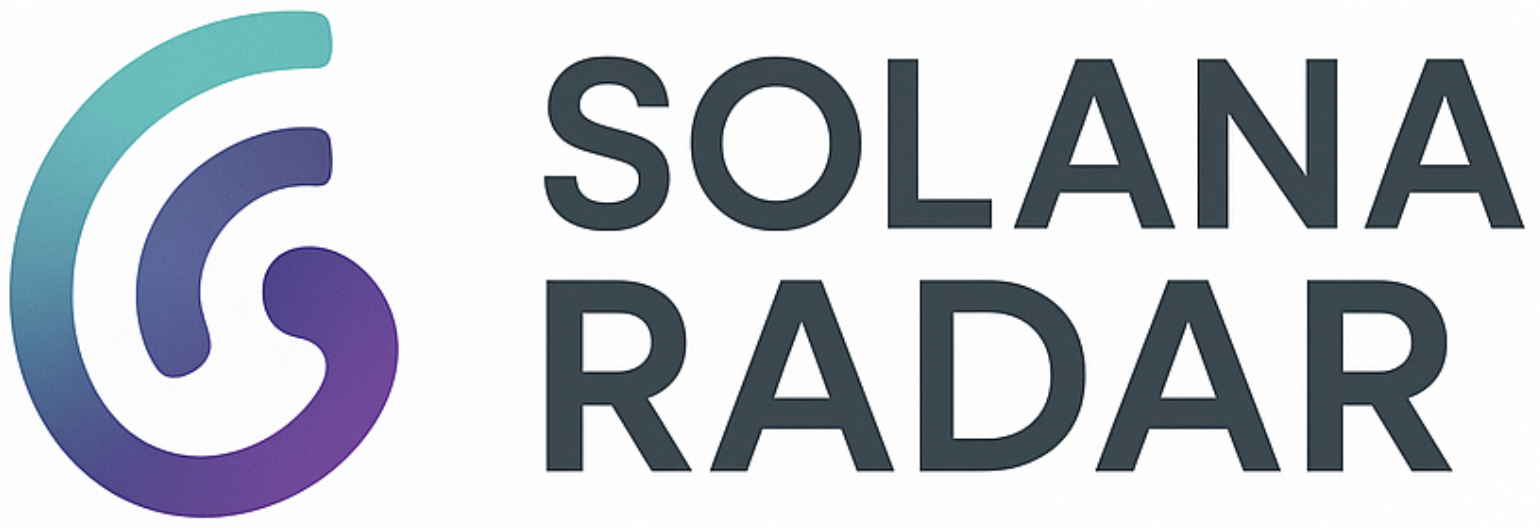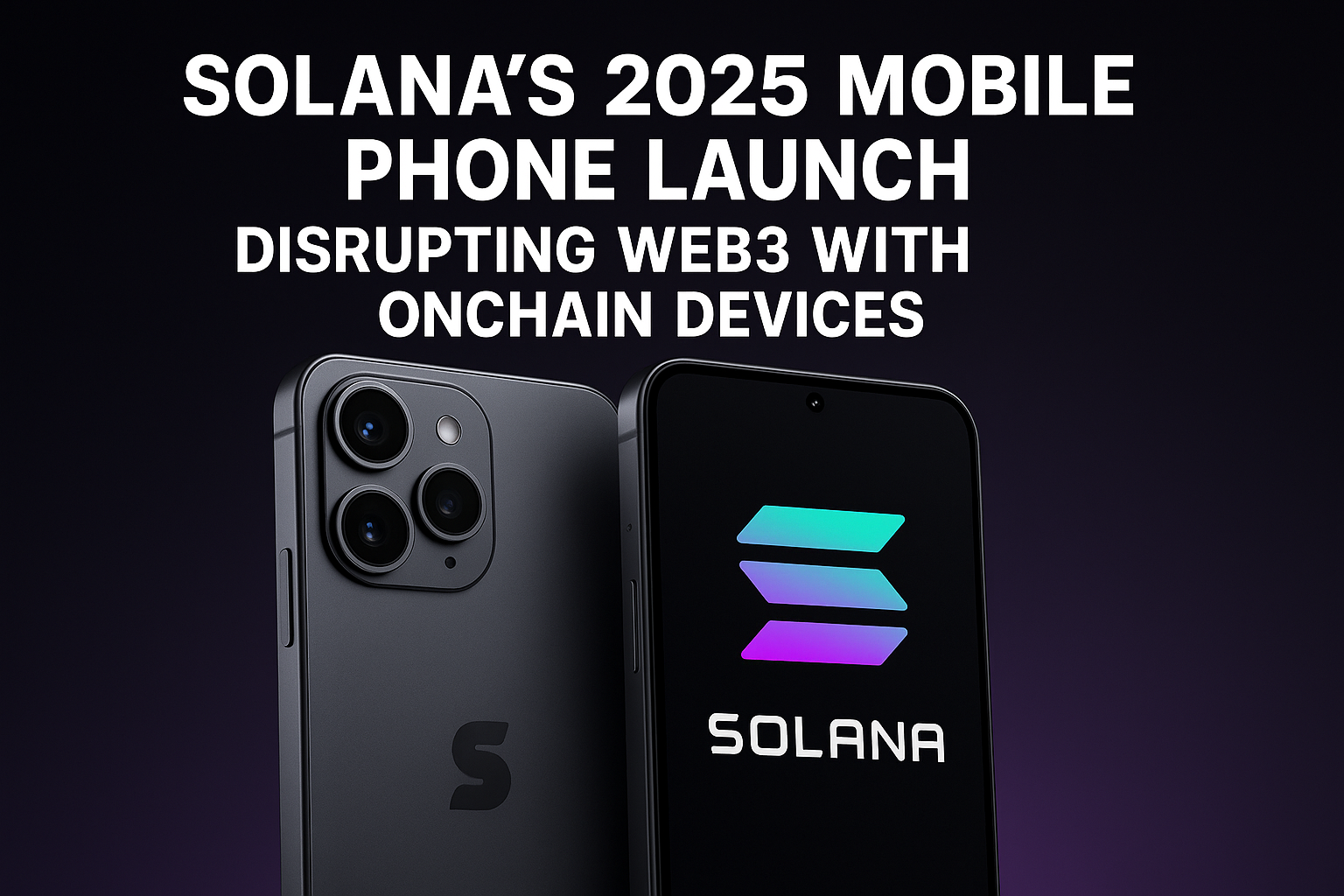Solana is taking a bold leap into the hardware frontier with its upcoming Solana mobile phone 2025—the Seeker. Slated for release on August 4, 2025, this device isn’t just another crypto smartphone; it’s a disruptive force aiming to redefine the entire Web3 mobile landscape. With promises of deep decentralization, privacy, and seamless onchain integration, the Seeker signals Solana’s intent to make blockchain-native experiences as accessible as traditional mobile apps.

Pushing the Boundaries of Crypto Smartphones
The Seeker builds on the lessons learned from Solana’s first-gen Saga phone, but this time with a laser focus on real-world utility for crypto enthusiasts and mainstream users alike. At its core is an upgraded TEEPIN architecture—a hardware security module designed to safeguard private keys and enable frictionless interaction with decentralized applications (dApps). This architecture sets Seeker apart from other crypto smartphones in 2025, many of which still struggle with balancing UX and security.
What truly makes the Solana Mobile Web3 experience unique is its native support for onchain devices Solana. The Seeker will ship with a suite of pre-installed dApps, integrated wallets, and direct access to NFT marketplaces—all running natively without clunky browser extensions or third-party bridges. For developers, this means new opportunities to build immersive mobile-first blockchain applications that leverage fast onchain transactions.
The Seeker isn’t just about hardware—it’s about creating an open gateway to Web3 mobile where users can verify devices and applications, ensuring platform integrity from the ground up.
Key Features That Set Seeker Apart
Key Features of the Solana Seeker Phone
-
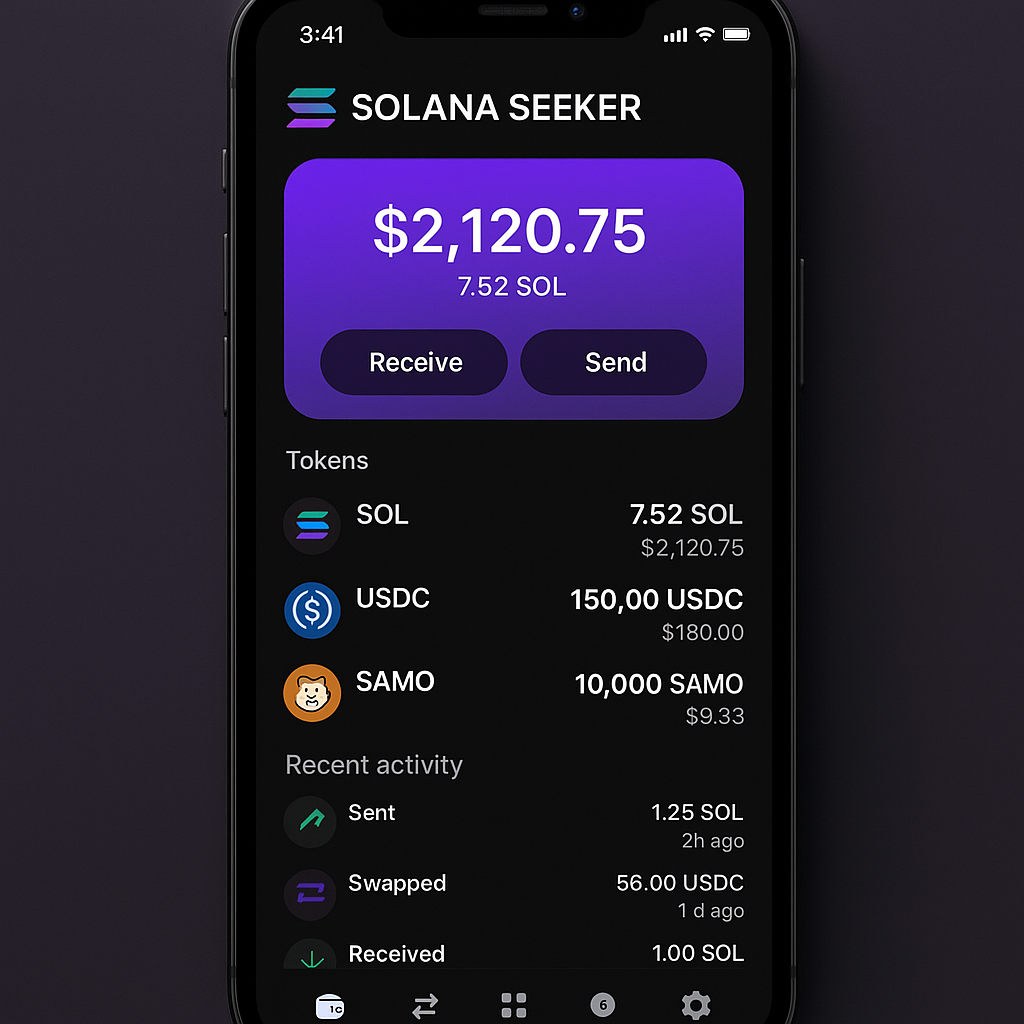
Integrated Onchain Wallet: Seamlessly manage, store, and transact digital assets directly from your device, with advanced security protocols.
-
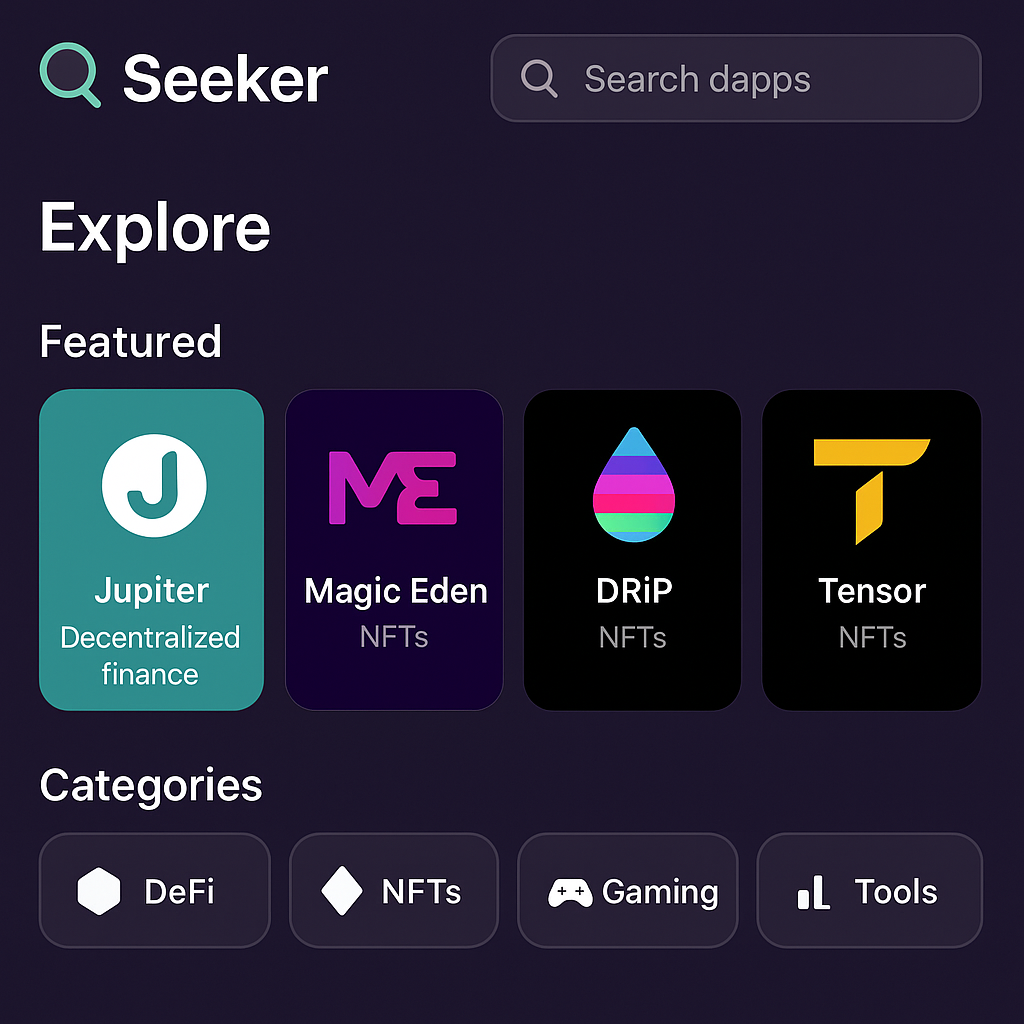
Native dApp Store: Access a curated selection of decentralized applications optimized for mobile, ensuring smooth and secure interactions.
-
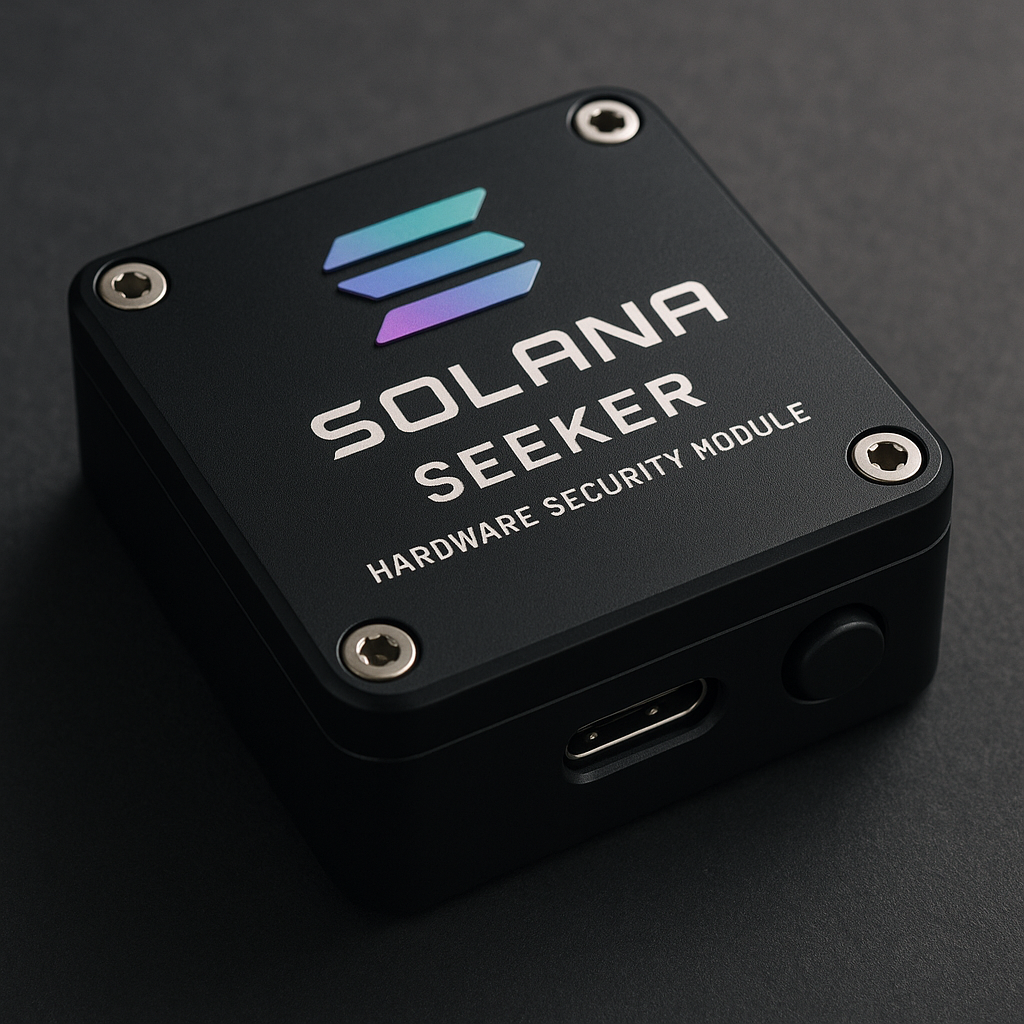
Hardware-Backed Seed Vault: Protect your private keys with a dedicated hardware enclave, offering robust resistance to hacks and unauthorized access.
-
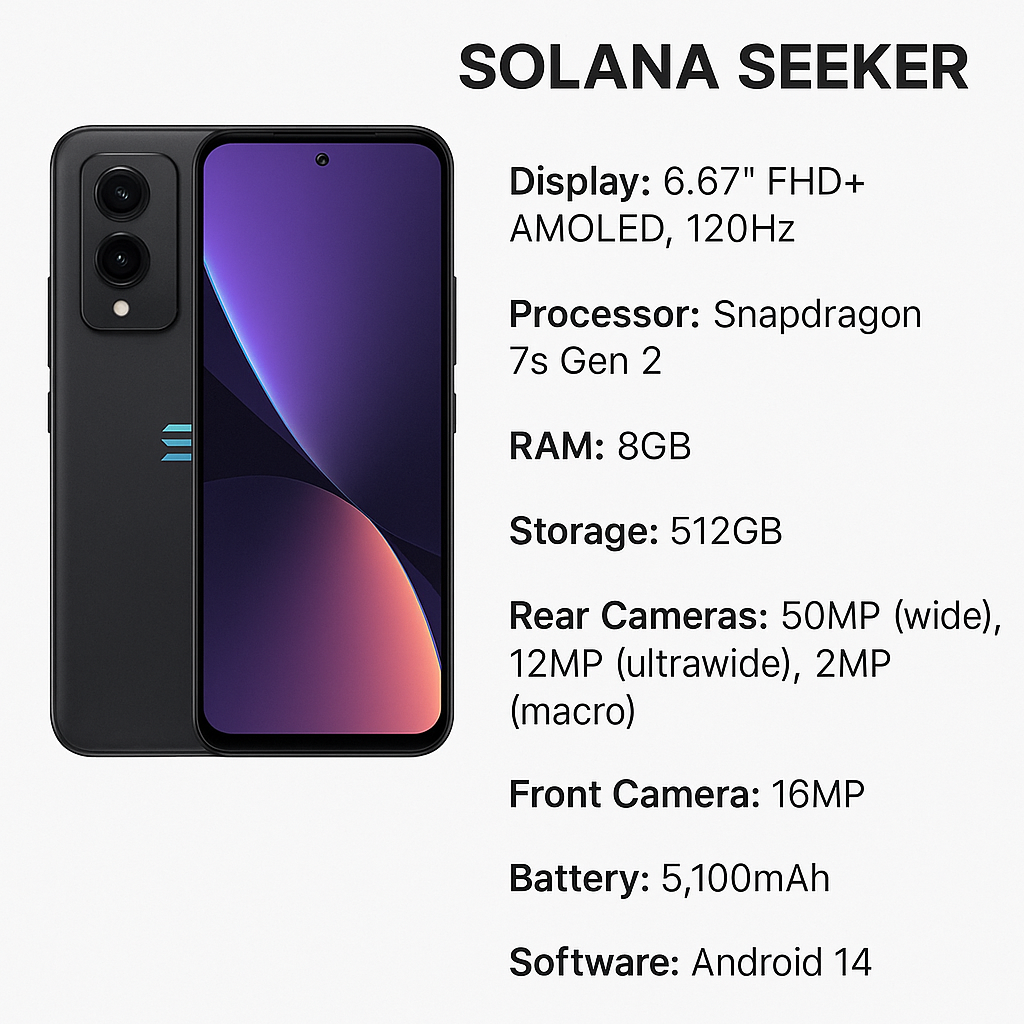
Web3-Optimized Performance: High-performance chipset and custom firmware designed to handle blockchain transactions and smart contracts efficiently.
-
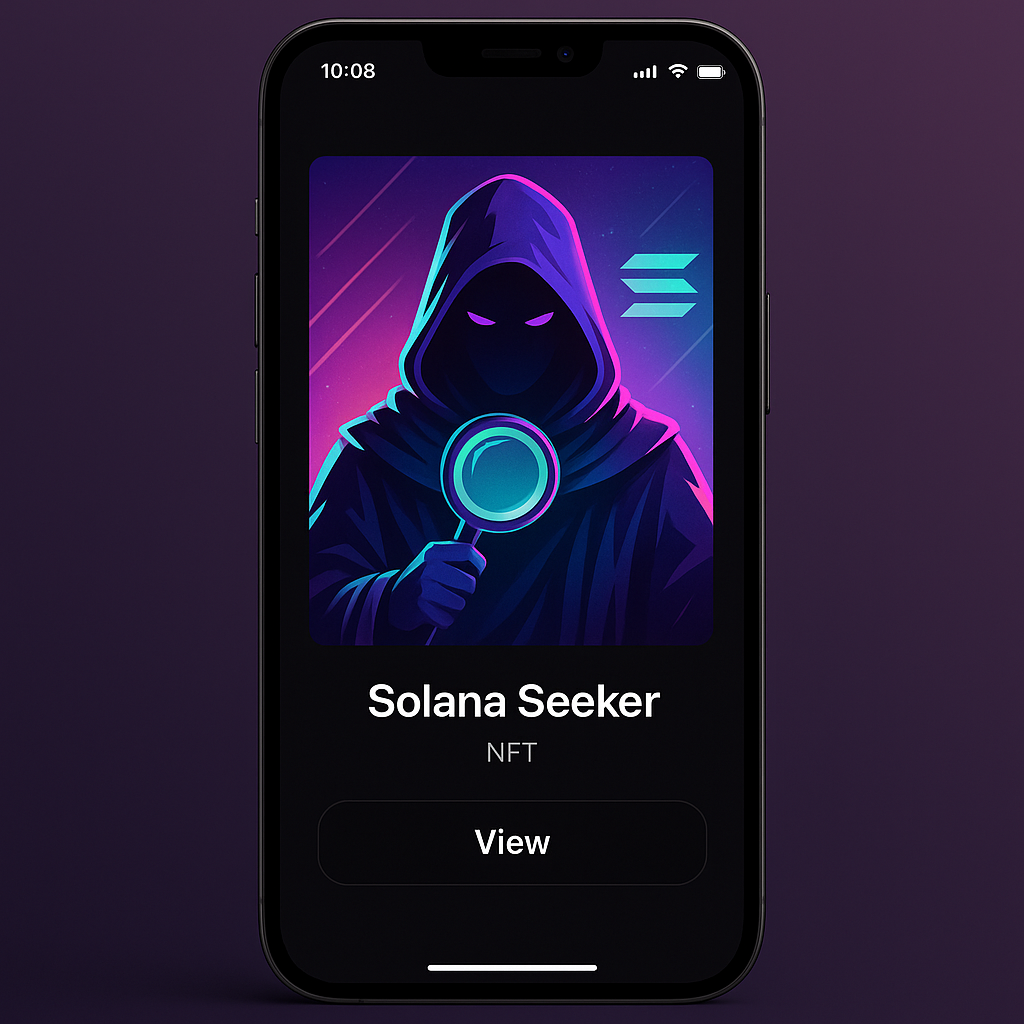
Seamless NFT Integration: Effortlessly view, trade, and showcase NFTs with built-in tools and a vibrant display tailored for digital collectibles.
The buzz around the Seeker is palpable across social channels. Here’s how the community is reacting:
The Open Gateway: OEM Adoption & Platform Integrity
Solana isn’t keeping its innovations locked down. The team has announced that OEMs (original equipment manufacturers) can adopt the Solana Mobile platform for new devices—potentially opening up an ecosystem where multiple brands offer secure, onchain-ready smartphones. This move could accelerate mainstream adoption by lowering barriers for both users and manufacturers looking to tap into Web3 functionality without reinventing the wheel.
A critical component here is “Guardians”—a system designed to verify both devices and applications at a hardware level. Guardians aim to ensure platform integrity by preventing malicious actors from compromising user data or wallet security. For anyone following recent exploits in mobile crypto wallets, this is a welcome development that could set new standards across crypto smartphones 2025.
This collaborative approach—combining open-source principles with robust security—could be what finally brings decentralized apps out of niche circles and into everyday use cases.
For developers, Solana’s open SDK and deep system-level integration mean that building Web3-native mobile apps no longer requires awkward workarounds or reliance on third-party custodians. The Seeker’s architecture encourages permissionless innovation: anyone can create dApps that tap into secure key storage, native wallet interactions, and direct access to Solana’s high-throughput blockchain—all with the responsive feel users expect from modern mobile experiences.
But perhaps the most transformative aspect is how onchain devices Solana could redefine digital identity and asset ownership. Imagine a phone where your NFTs, tokens, and DAO memberships are as accessible as your contacts or photos—secured by hardware but portable across platforms. This is more than a technical upgrade; it’s a philosophical shift toward user sovereignty in the mobile era.
The Competitive Landscape: How Does Seeker Stack Up?
The crypto smartphone arms race is heating up for 2025, with contenders like HTC’s Exodus line, Polygon-powered devices, and even rumors of an Ethereum-centric handset. Yet Solana’s holistic approach—combining hardware security, native dApp experiences, and OEM openness—positions the Seeker as a category leader rather than just another niche gadget.
Early hands-on reports praise the phone’s snappy performance and seamless onboarding for new users. Unlike previous attempts at crypto phones that felt like tech demos or required complex setup processes, the Seeker aims for mainstream usability without sacrificing decentralization or privacy. Its out-of-the-box support for NFT minting, staking, gaming dApps, and DeFi protocols gives it a compelling edge over competitors still struggling to bridge Web2 familiarity with Web3 power.
What This Means for Crypto Adoption
If Solana Mobile succeeds in making onchain functionality as intuitive as sending a text or scanning a QR code, we could see a paradigm shift in how people interact with blockchains daily. By lowering technical barriers and embedding security at the hardware level, Seeker has the potential to turn millions of ordinary users into active participants in decentralized finance (DeFi), gaming economies, creator platforms, and beyond.
The ripple effects could be profound: greater liquidity for NFT markets via mobile accessibility; new forms of social coordination through DAO tools; even novel business models unlocked by seamless micropayments and digital collectibles—all powered by devices designed from day one for blockchain-native workflows.
Are you considering buying a crypto smartphone like the Solana Seeker in 2025?
With Solana’s new onchain mobile device on the horizon, we’re curious about your interest in Web3-enabled smartphones.
Challenges Ahead & The Road to Mass Adoption
No disruptive technology launches without hurdles. Questions remain about app ecosystem maturity—will enough developers build compelling dApps? Can Solana maintain its network speed under mobile-scale traffic? And will mainstream consumers trust their digital assets to new hardware brands?
Yet if early momentum is any indication—and if OEM partners embrace the platform—the Seeker could catalyze an era where “Web3 on mobile” isn’t just hype but an everyday reality. For now, all eyes are on August 4th as the shipping date approaches—and on whether Solana Mobile can deliver on its ambitious promise to reshape how we experience digital ownership on our most personal devices.
